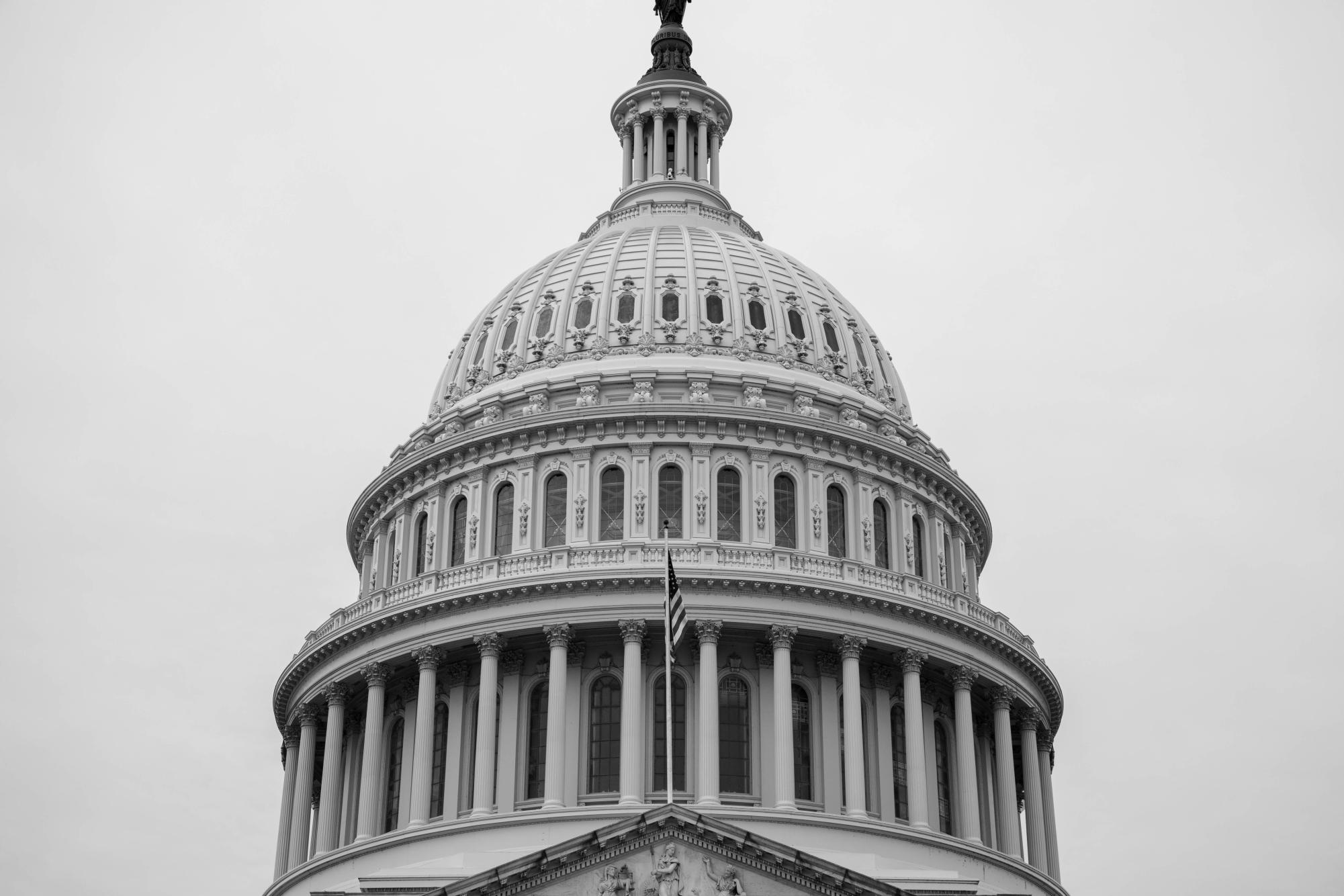The United States government spends approximately 6.3 trillion dollars each year. That money, which comes largely from taxes and borrowing, is allocated amongst government sectors, programs, and agencies in order to keep all aspects of the US government running. But who has the ability to decide where all the money goes in a budget so large?
The process to decide the US budget is as follows:
1. Federal agencies within the government submit requests for their budget and attempt to provide justification for those requests.
2. The White House Office of Management and Budget creates a budget proposal, using the requests from Federal agencies, which is overlooked by the president.
3. The proposal is submitted by the president to Congress, which is tasked with the grueling process of deciding on the final budget. 12 subcommittees are assigned to decide on a proposal on funds through the breakdown of different government functions. The committees include Defense (1), Homeland Security (2), Energy and Water Development (3), Financial Services and General Government (4), Interior, Environment, and Related Agencies (5), Labor, Health and Human Services, Educaction, and Related Agencies (6), Legislative Branch (7), Military Construction, Veterans Affairs, and Related Agencies (8), State, Foreign Operations, and Related Programs (9), Transportation, Housing and Urban Development, and related agencies (10), Commerce, Justice, Science, and Related Agencies (11), and Agriculture, Rural Development, Food and Drug Administration and Related Agencies (12). Both institutions of congress (the Senate and the House of Representatives) create their own budget resolutions that cover all these aspects of the federal government, each in separate appropriations bills. These resolutions are expected to be combined and negotiated on to create a relatively agreeable budget amongst members of congress.
4. Finally, both the Senate and the House vote and decide on one budget proposal which is ultimately passed for the next year.

However, the question remains, what if they don’t agree on a proposal? If that happens, then the government shuts down. A government shutdown is when all non-essential agencies are forced to shut down, almost always due a lack of decision on the budget. If Congress agreed on a budget for only some of the 12 subcommittees and signed the appropriations bill, then anything covered under those sector’s budgets can remain open and running. In that case, the categories where funding isn’t decided on will still only have the essential parts running. The parts of the governments considered essential include things necessary for the functioning of society like public services (such as UPS), anything involving safety and health (like law enforcement, air traffic control, small parts of the FDA, and medical workers), and many aspects of the military. Congress and the office of the president also remain open in order to make sure the budget gets passed and the country is still able to make decisions. All of this and the process to make a budget was decided through the Budget and Impoundment Control Act of 1974.
The government being shut down means that all non-essential employees of the federal government will be put on furlough (a temporary leave of absence) until the government reopens. This means that hundreds of thousands of federal employees won’t have any means of income. They can apply for unemployment during a government shutdown. In addition, as per a law passed in 2019, furloughed employees will be paid their normal salary retroactively for the time lost when the government was shut down.
A large portion of federal government services close during a government shutdown. Large portions of entire departments within the federal government would shut down. Things like museums, national parks, tax assistance, the DMV, commerce regulation, programs within the Department of Education, the Departments of Agriculture, The Environmental Protection Agency, parts of Homeland Security, etc. would no longer be accessible during this time. Even programs more vital to society like food assistance and the Department of Veterans Affairs would close during a shutdown. This could be drastic for the people who rely on these programs in their daily lives.
The government shutdown process is put in place to attempt to motivate congress to create a budget as quickly as possible but overall it can have drastic impacts on the functioning of a nation. They want to make sure every part of the government gets the proper funding that it needs to run. But when it doesn’t, it’s at the cost of the American people due to the indecisiveness of congress.
On October 1st this year, the government was less than 24 hours away from being shut down. It seemed like congress would never decide on the budget. Former House Speaker McCarthy proposed a temporary funding bill with many compromises from both political sides on it. This bill, which was ultimately passed, pushed back the potential government shutdown by 45 days. If the federal budget isn’t decided on by then, we’ll end up facing a government shutdown.
With House Speaker McCarthy now removed in the 216-210 vote against him from the other members of the House of Representatives on October 3rd. This will likely put major delays on any passing of legislation or decisions by congress. This, along with polarized political sides unwilling to compromise, may mean that 45 days isn’t enough and another extension is necessary.








